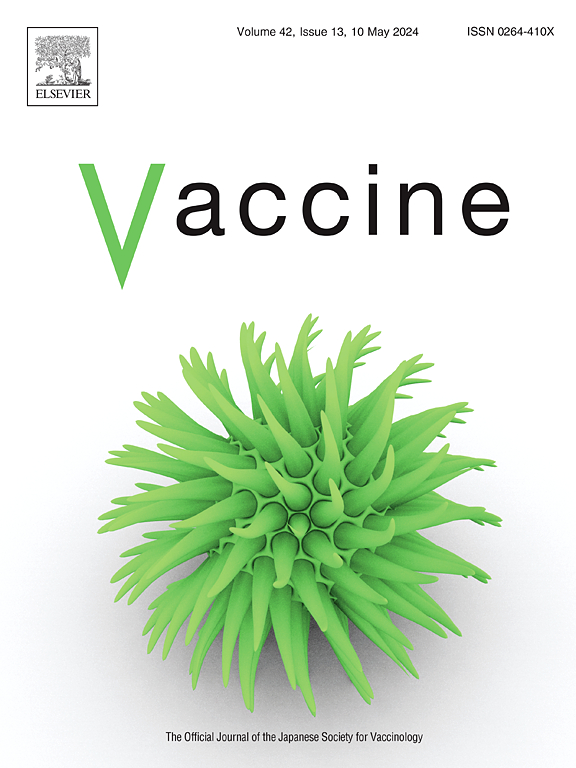Challenges and lessons learned during the switching of rotavirus vaccine from Rotarix to Rotavac in Zambia
IF 4.5
3区 医学
Q2 IMMUNOLOGY
引用次数: 0
Abstract
Introduction
Active Rotavirus diarrhea surveillance has been ongoing in Zambia at three dedicated sentinel sites since 2007, focusing on hospitalized children under five years of age. During 2021 and 2022, many African countries, including Zambia, experienced a severe shortage of rotavirus vaccines. This vaccine shortage resulted in many children who were eligible for vaccination remaining unvaccinated. Consequently, these children were exposed to a higher risk of severe acute gastroenteritis.
Methods
To ascertain the impact of rotavirus vaccine stock-out and switch in Zambia, a comprehensive desk review was conducted focusing on the switch of the vaccine from Rotarix to Rotavac and the change of the Rotavac formulation. This review encompassed all children under five years of age recruited at the surveillance sites between 2017 and 2023 and the country's comparison of national administrative and WUENIC 2023 rotavirus vaccine coverage rate estimates for 2014 to 2023. March 2022 to April 2023 was defined as the Rotarix vaccine stock-out period. Hospitalization trends, demographic and clinical data, and rotavirus confirmed ELISA results were analyzed.
Results
Following the introduction of rotavirus vaccine, the number of fully vaccinated children increased steadily over the years, reaching 4.73 million in 2023. However, 2.63 million children missed vaccination between 2016 and 2023. The administrative and WUENIC 2023 estimates for rotavirus coverage rates were the same during the period under review. Hospitalized diarrhea cases and rotavirus positivity rates remained essentially the same during the in-stock and stock-out periods of rotavirus vaccine. However, mortality rates increased three-fold during the vaccine stock-out period.
Conclusion
The impact of the Rotarix vaccine era was reversed due to the global supply chain disruptions, leading to missed vaccinations, increased diarrhea-related hospitalizations, and higher infant mortality in Zambia. The COVID-19 pandemic may also have further disrupted the vaccination sessions, further impacting rotavirus vaccination. Rotarix shortages likely contributed to rising rotavirus cases. There is an urgent need to completely replace the old under-5 vaccination card with a revised one to improve documentation for new rotavirus vaccines.
求助全文
约1分钟内获得全文
求助全文
来源期刊

Vaccine
医学-免疫学
CiteScore
8.70
自引率
5.50%
发文量
992
审稿时长
131 days
期刊介绍:
Vaccine is unique in publishing the highest quality science across all disciplines relevant to the field of vaccinology - all original article submissions across basic and clinical research, vaccine manufacturing, history, public policy, behavioral science and ethics, social sciences, safety, and many other related areas are welcomed. The submission categories as given in the Guide for Authors indicate where we receive the most papers. Papers outside these major areas are also welcome and authors are encouraged to contact us with specific questions.
 求助内容:
求助内容: 应助结果提醒方式:
应助结果提醒方式:


